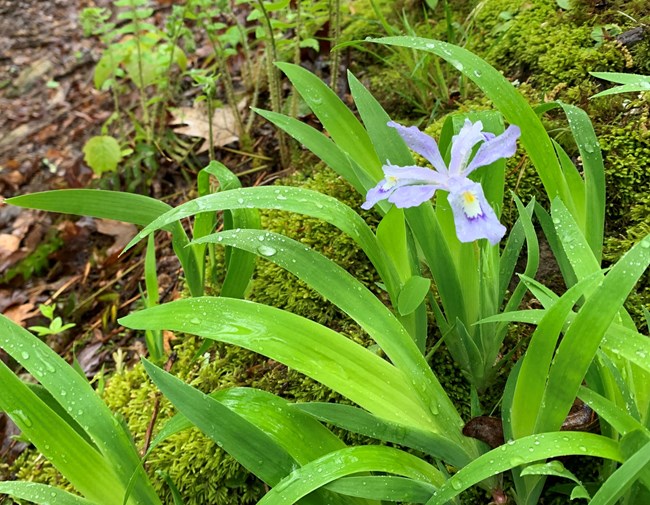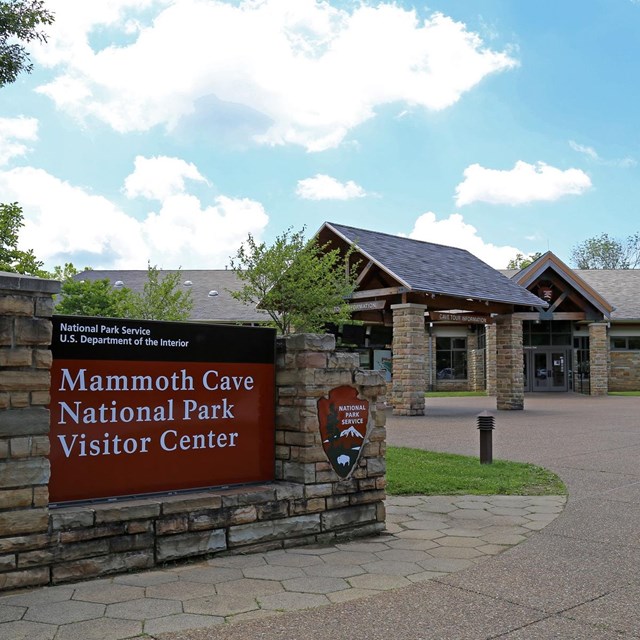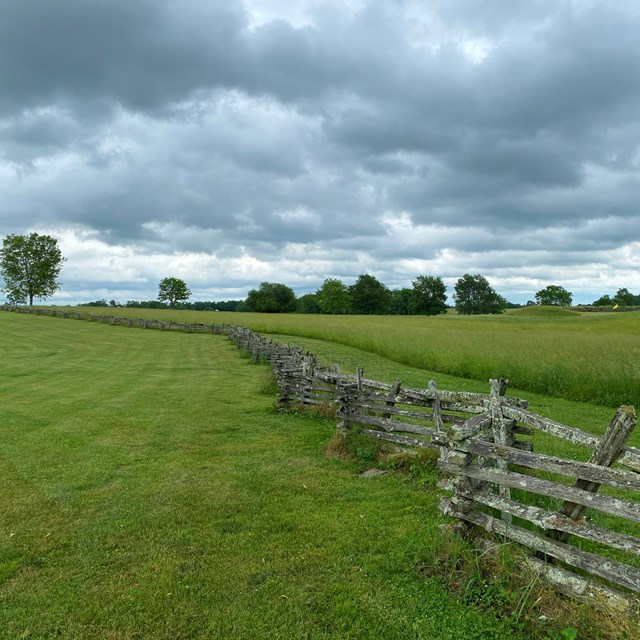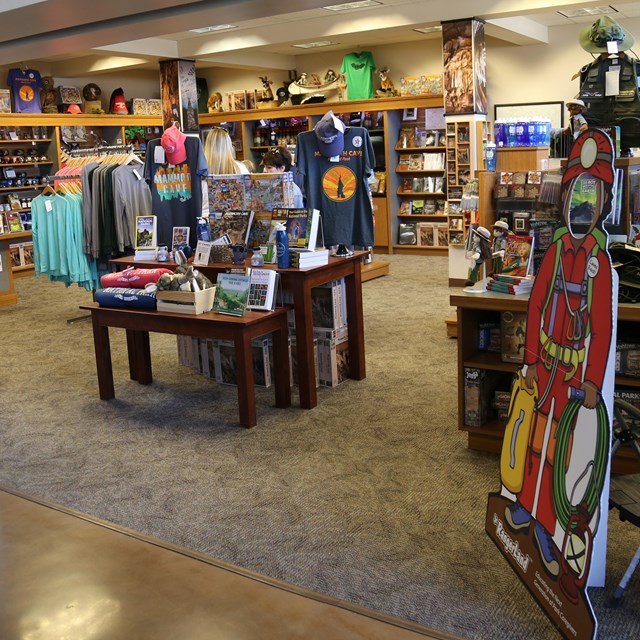March, April, and MayAwakening from its long winter slumber, spring at Mammoth Cave National Park is a time of new life and rebirth. Young deer fawns begin to take their first steps through the forest, always close behind their mother. The forest floor springs to life with a colorful show of wildflowers in all shapes and designs. The warmer spring temperatures are a welcome relief from the crisp winter air for adventurers on the surface. 
NPS Photo/J. Cooper Cave ToursThe spring shoulder season provides more tour options and more frequent departure times than the winter. Certain tours such, as the River Styx Tour, may not be offered this time of year due to water level conditions. Crowds can vary depending upon holidays, weekends, and spring break – on weekdays tickets may be available day of your visit, but during spring break visitation tours may sell out weeks in advance. 
NPS Photo Camping and LodgingChilly nights make for a welcome campfire at any of the three front-country campgrounds, the Mammoth Cave Campground, Maple Springs Campground, and Houchin Ferry Campground. These campgrounds reopen for the season on March 1, reservations can be made up to six months in advance. Spring WeatherAs the days begin to lengthen, the temperatures warm to the mid-60s or 70s Fahrenheit (15.5°C to 21.1°C) during the daytime, and seldomly drop below freezing (32°F/0°C) at night. The old saying "April showers bring May flowers," stands true in Kentucky with each month of the spring averaging between 4 to 6 inches (10.16 to 15.24 cm) of precipitation. 
NPS Photo Go Chasing WildflowersSpring is wildflower season in the park and the trail sides are bursting with color. Hike along the one of the many trails in the park, explore wildflowers at Cedar Sink, or discover some of the unique flowers in our wildflower photo galleries to take in the beauty of springtime in Kentucky. Things To DoExplore all the park has to offer during this slower season as the forest begins to blossom and tinge green with new growth. During this rainy season, flowing water in creeks, streams, and the occasional waterfall may be seen along many hiking or biking trails. Many animals become more active, providing better opportunities for watching wildlife in the park, and late spring brings the chance to catch a glimpse of a doe and her fawn. Make the Most of Your Visit
Plan Like A Park RangerTop Ten Tips for Visiting the Park |
Last updated: March 5, 2025



